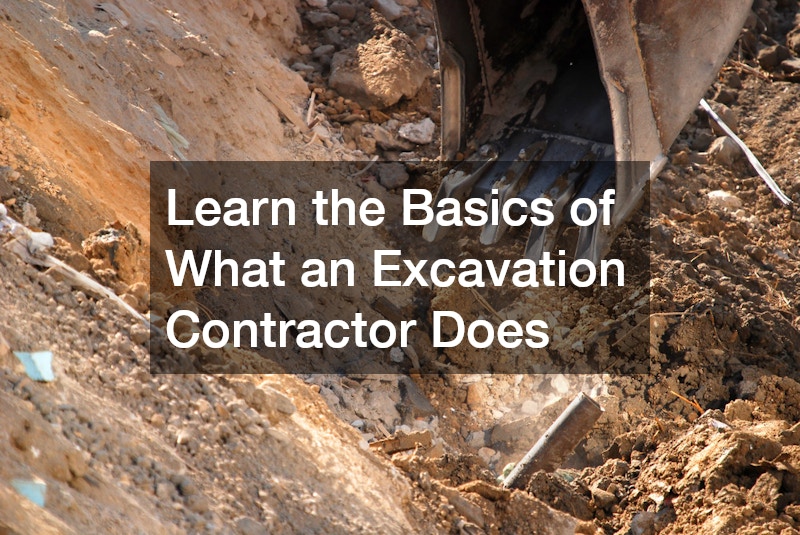The foundation of a home is integral to the stability and safety of the structure. Understanding the importance of home foundation contractors and how they provide essential services to ensure their durability. Their expertise helps prevent potential structural issues, protecting homeowners’ investments for the long term.
What methods do contractors use to assess foundation stability?
Visual Inspections Techniques
Visual inspections are a primary method used by contractors to assess foundation stability. They meticulously check for cracks, misalignment, and signs of water damage that might compromise the structure. These inspections are critical in identifying potential issues early, allowing for timely interventions.
Beyond superficial evaluation, contractors are trained to detect subtle indicators of foundation problems. Tiny fissures or changes in the alignment of walls can signal underlying issues that need addressing. Early detection through visual inspections helps prevent larger, more costly damages in the future.
Soil Analysis Procedures
An essential component of foundation assessment is soil analysis. Contractors examine the soil type and conditions around the home to assess their impact on the foundation. This analysis helps in understanding how soil expansion and contraction can affect the stability of the foundation.
Different soil types react differently to moisture and environmental changes, which can impact foundation integrity. For instance, clay soils expand when wet and contract when dry, posing distinct challenges. Soil analysis allows contractors to tailor their approaches according to specific soil characteristics.
Contractors often engage geotechnical engineers to conduct comprehensive soil studies. By leveraging expertise in soil mechanics, they can propose solutions to mitigate potential risks. This preventative approach plays a key role in ensuring foundations remain stable over time.
Utilization of Technology in Assessments
Technological advancements have transformed how contractors assess foundation stability. Tools such as laser levels, moisture meters, and ground-penetrating radar provide precise data that informs their evaluations. These tools offer detailed insights beyond what the human eye can perceive, enhancing assessment accuracy.
The adoption of technology allows contractors to quickly identify issues that may not be evident through visual inspections alone. For instance, laser levels can detect minute shifts in elevation that indicate settling or heaving of the foundation. Utilizing technology ensures a thorough and precise understanding of a foundation’s condition.
Moreover, digital modeling tools and software enable contractors to simulate potential scenarios. This allows them to predict future movements and stress points, offering a proactive approach to foundation maintenance. Technology equips contractors with valuable information to make informed decisions in reinforcing structures.
How do foundation contractors repair and reinforce home foundations?
Implementing Pier and Beam Methods
Pier and beam methods are common techniques used by contractors to reinforce and repair home foundations. This method involves installing piers deep into the soil to provide additional support under the foundation. Beams are then used to connect the piers, distributing the structural load evenly.
Installing piers helps stabilize foundations suffering from settling or shifting. This can occur due to changes in soil moisture, which affect the compactness of soil underneath. Pier and beam solutions offer a robust way to counteract these detrimental forces.
Sealing and Waterproofing Practices
Sealing and waterproofing are crucial practices employed by contractors to protect foundations from water intrusion. Water damage is a leading cause of foundation problems, leading to cracks and structural weaknesses. Contractors use specialized seals and membranes to prevent moisture from penetrating the foundation.
Effective waterproofing extends the life of a foundation by guarding against deterioration. Techniques also involve addressing external water sources, such as redirecting downspouts and repairing gutters. By ensuring water is adequately diverted, contractors protect the foundation from potential water-related damages.
Use of Advanced Materials and Reinforcements
Foundation contractors consistently adopt advanced materials and reinforcement techniques to enhance structural durability. Materials like carbon fiber and helical piers have become popular for their strength and adaptability. These modern solutions provide enhanced support, ensuring long-lasting stability.
The advancement in materials allows for innovative solutions tailored to specific challenges. For example, carbon fiber strips are used to reinforce and strengthen weak areas without adding significant weight. This approach offers a discreet yet powerful alternative to traditional reinforcing methods.
Foundation contractors play a pivotal role in ensuring the longevity and stability of home foundations. Through detailed inspections, soil analysis, and the use of advanced technology, they accurately assess foundation conditions. Their expertise in repair and reinforcement techniques helps maintain the integrity and safety of homes, providing peace of mind to homeowners.
.





